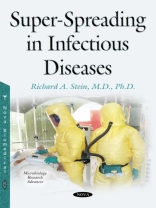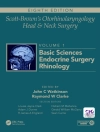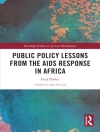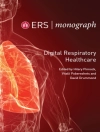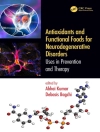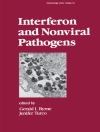As one of the biological factors that most powerfully impacted history, infectious diseases continue to be a leading cause of global morbidity and mortality. At least two major factors are making infectious diseases assume more important roles than ever before. One of these is the increasing ability of certain microorganisms, normally limited to other species, to cross or jump across the species barrier and become human pathogens. The second factor – our increasing and unprecedented global mobility which has made traveling between any two remote locations on the planet possible in less than 24 hours. As a result, a local outbreak anywhere in the world becomes a global concern. A significant challenge that is shared by most (if not all) infectious diseases is our insufficient understanding of the dynamic host-pathogen interaction. In particular, one of the gaps in visualizing our interaction with microorganisms stems from the fact that historically, pathogen transmission in populations was assumed to be homogeneous, with infected individuals having approximately equal opportunities to infect secondary contacts. However, in what became known as "the 20/80 rule", an increasing number of studies and observations point towards a small number of individuals (20%) that are responsible for most (80%) transmission events in a population. This minority of individuals who infect a disproportionately large number of secondary contacts has become known as "super-spreaders". The phenomenon of super-spreading lies at the core of understanding the biology of microorganisms and their ability to cause outbreaks, and is instrumental for developing and implementing preventive and therapeutic strategies. This book proposes to examine super-spreading in infectious diseases. Super-spreading dates back as far as Typhoid Mary, the first documented example, and it was documented for most microorganisms, including Mycobacterium tuberculosis, Plasmodium and Schistosoma species, HIV, hepatitis C, influenza virus, Ebola virus, rhinoviruses, Escherichia coli, West Nile virus, and the SARS coronavirus. A thought-provoking find from the SARS pandemic was that in the absence of super-spreading events, most infected individuals caused very few (if any) secondary contacts, but a low number of super-spreaders fueled the global outbreak. Super-spreading was described in human, animal, and plant hosts, and it exists at the level of the individual as well as at that of the species. One of the common denominators of super-spreading events is that they are virtually always identified only retroactively, as part of epidemiologic investigations. There is, however, a great interest and an acute need in being able to prospectively predict super-spreading, as this would considerably improve the opportunities to prevent, control, and limit outbreaks. A fundamentally important and far-reaching topic in infectious diseases, the study of super-spreading holds key implications for managing epidemics and pandemics, and promises to fill an important gap in microbiology, medicine, public health, agriculture, animal sciences, and biodefense.
Richard A Stein
Super-Spreading in Infectious Diseases [PDF ebook]
Super-Spreading in Infectious Diseases [PDF ebook]
Dieses Ebook kaufen – und ein weitere GRATIS erhalten!
Format PDF ● Seiten 218 ● ISBN 9781634832953 ● Herausgeber Richard A Stein ● Verlag Nova Science Publishers ● Erscheinungsjahr 2015 ● herunterladbar 3 mal ● Währung EUR ● ID 7225969 ● Kopierschutz Adobe DRM
erfordert DRM-fähige Lesetechnologie
